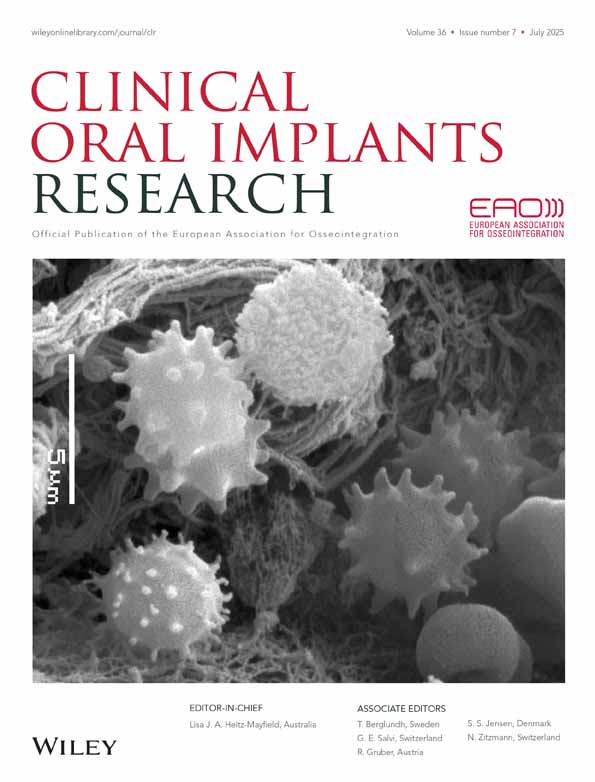Can implants be correctly angulated based on surgical templates used for osseointegrated dental implants?
Abstract
When placing osseointegrated dental implants, the site, angulation and depth of implants can be designed using a computed tomography (CT) or conventional X-ray tomography. To correctly identify placement pre-surgically, various kinds of surgical templates have been proposed. Although it is thought to be important to use templates, no material has been published on their accuracy. The purpose of this study was to propose a method for evaluating the placement accuracy using a specific surgical template. Twenty-one implants were evaluated in 6 patients with mean age of 50.7 years. All implants were implanted by two step surgery in the posterior mandible. A surgical template based on the CT images and the abutment replica on the working models were used for the evaluation of the accuracy of implant placement. The difference between the proposed and actual directions was measured by a milling machine. The difference in the angles between the proposed direction and actual direction were from 0.5 degrees to 14.5 degrees. The average was 5.0 degrees, and there were 12 implants (57%) within 5.0 degrees. This study demonstrated the accuracy of the template described in this article.




